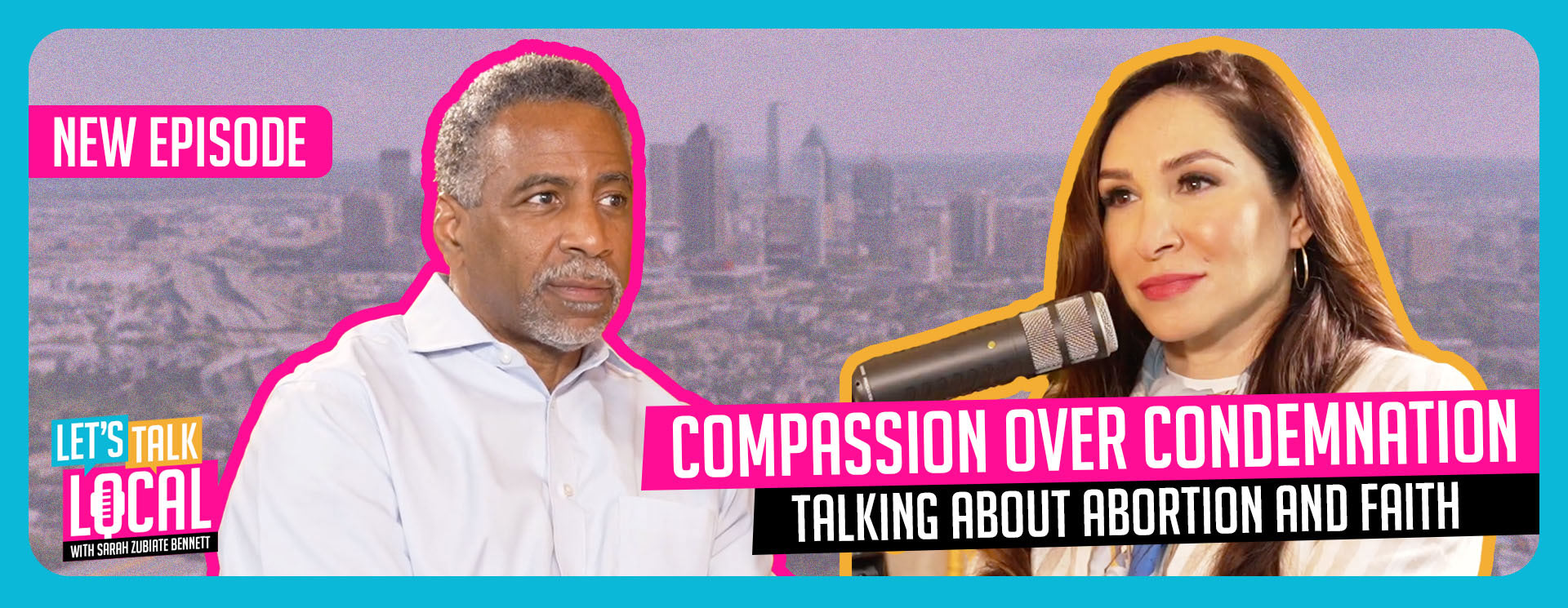Thanks to a new state law passed last year, Tesla has found a way to sidestep Austin’s environmental regulations, including standards on air quality and water usage.
The 10 million-square-foot electric vehicle manufacturing facility, referred to by Tesla as the Gigafactory, sits on 2,500 acres in Travis County. The property is situated outside Austin’s city limits but within its extraterritorial jurisdiction (ETJ), which encompasses the unincorporated areas within five miles of the city limit.
Property owners within a city’s ETJ zone are subject to the laws and regulations of the city, but they have fewer rights and abilities than persons residing within the city limits.
However, a new state law, SB 2038, allows property owners within ETJs to petition to have their land released from the jurisdiction. To do so, the land owners must file a petition signed by at least 50% of registered voters in the area. If the application materials are valid, the city must approve the request.
On February 7, Tesla petitioned the City of Austin to release nearly 2,100 acres of land where its Gigafactory sits, according to a document obtained by the Austin American-Statesman. The city approved the request on March 8.
Tesla had previously petitioned to remove a different area of its facility from Austin’s ETJ; however, that request was denied because the area was still partially within Austin city limits, per the Statesman.
Now that Tesla’s petition has been approved, the company no longer has to follow the environmental regulations it has been subject to since it was built in 2020.
Some have said the move by Tesla to excise itself from the ETJ goes against the values the company purportedly stands upon.
“So … [Tesla] used a new [Texas] state law to exempt its [Austin] gigafactory from environmental regulations … so they can produce electric vehicles and provide clean energy? That’s messed up,” wrote X user Frank Strovel.
“[When] we have the state Legislature passing legislation that makes it easier for companies like Tesla to opt out of our own regulation, it’s going to have consequences,” said Austin City Council Member Vanessa Fuentes, per KVUE. “It’s going to have impacts on our communities.”
Fuentes represents District 2, which borders the Tesla property.
Others, however, have said that there are minimal downsides to the new law.
“By just submitting that letter with your deed to remove yourself from the ETJ, you get [additional developable area], which makes your property significantly more valuable or developable,” said Michael Linehan, president of Austin-based development consulting firm LSI, according to Community Impact.
Linehan explained that residents should not expect to see significant differences in their area if a neighbor releases a property, as there are purportedly “no clear downsides” to the law.
As of the middle of March, some 300 property owners had filed to be released from their ETJ. Both the Austin Zoo and Austin Executive Airport have petitioned to be released, per Community Impact.
Notably, Austin will not suffer tax collection losses from the release of the properties, as city taxes are not collected from land in ETJs.


